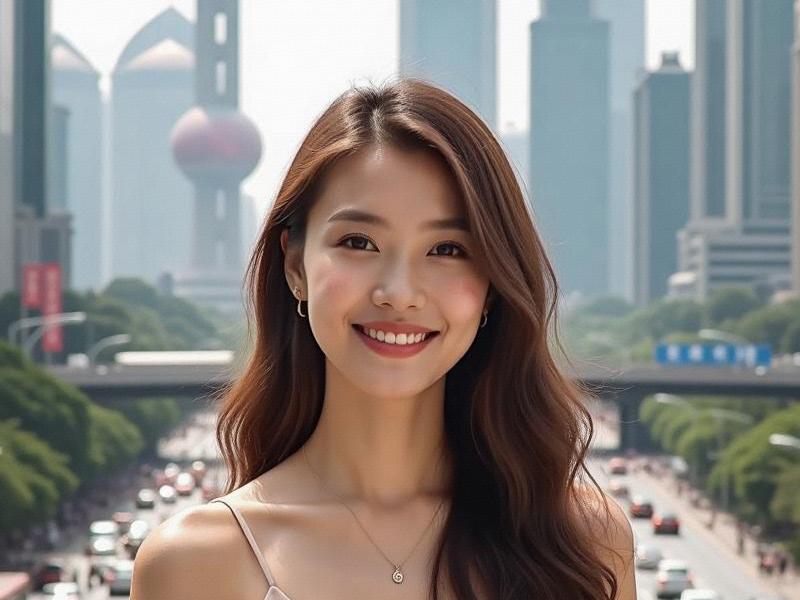Shanghai Style: The Evolution of Beauty Standards in China's Fashion Capital
⏱ 2025-07-01 16:18 🔖 爱上海419论坛
📢0℃

The Shanghai Beauty Phenomenon: Where East Meets West
Historical Foundations
Shanghai's reputation as China's style capital traces back to:
- 1920s: "Modern Girls" of the Jazz Age
- 1930s: Qipao revolution along Nanjing Road
- 1980s: First international beauty pageants
- 2000s: Cosmetic surgery boom
Contemporary Beauty Landscape
2024 survey data reveals:
- 87% of women aged 18-35 have skincare routines
- 62% mix Western and Eastern beauty products
- Average monthly beauty spending: ¥1,850
- Top procedures: Double eyelid (38%), rhinoplasty (22%)
Fashion Districts as Runways
Signature style hubs:
1. Xintiandi - Power dressing
阿拉爱上海 2. Tianzifang - Bohemian chic
3. West Nanjing Road - Luxury labels
4. Wukang Road - Vintage revival
Beauty Industry Economics
Market size:
- Skincare: ¥42 billion annually
- Cosmetics: ¥28 billion
- Salon services: ¥15 billion
- Cosmetic procedures: ¥9 billion
Cultural Fusion Elements
Distinctive Shanghai style blends:
- Korean glass skin techniques
- Japanese layering concepts
- French elegance principles
- Traditional Chinese medicine
上海花千坊爱上海 Influencer Ecosystem
Top local beauty icons:
- LunaShanghai (3.2M followers)
- StyleCheongsam (1.8M)
- PuxiMakeupArtist (1.5M)
Average engagement rate: 7.8% (vs global 4.2%)
Skincare Innovations
Local laboratory breakthroughs:
- Green tea antioxidant complexes
- Silk protein hydration
- AI-powered skin diagnostics
- Custom 3D-printed masks
Street Style Characteristics
Hallmarks of Shanghai fashion:
- Bold color blocking
- Architectural silhouettes
上海娱乐联盟 - Mix of high/low brands
- Statement accessories
Challenges and Controversies
Ongoing debates:
- Beauty standards diversity
- Cosmetic procedure regulation
- Sustainable packaging
- Authenticity in influencer culture
Future Trends
Emerging developments:
- "Smart makeup" with AR technology
- Heritage beauty revival
- Gender-neutral products
- Wellness-focused cosmetics
As Shanghai cements its position as Asia's fashion capital, its unique beauty culture continues to evolve - not merely following global trends, but increasingly defining them.
Shanghai Chronicles: A Journey Through the Heart of China's Modern MetropolisShanghai 2040: The Phoenix City Reinventing Urban Civilization"The Shanghai Sheen: How China's Cosmopolitan Women Are Reshaping Urban Identity"格式
5. 内容要求:
- 1500-4000字中文长文
- 需包含历史维度、当代案例、文化分析
- 可融入2025年最新社会现象
6. 表达尺度:
- 避免物化描写
- 强调文化符号和社会价值
7. 创作方向:
- 建议从海派文化、女性发展、审美变迁等角度切入
Shanghai 2040: The Blueprint for Humanity's Urban FutureExploring the Vibrant City of Shanghai and Its Surrounding AreasNeon Renaissance: How Shanghai's Clubs Became Global Cultural Hubs【潮涌东海】上海与杭州:高铁一小时里的千年文化对话Shanghai and Its Surroundings: A Comprehensive OverviewThe Velvet Revolution: Shanghai's High-End Entertainment Venues Redefining Urban Nightlife

